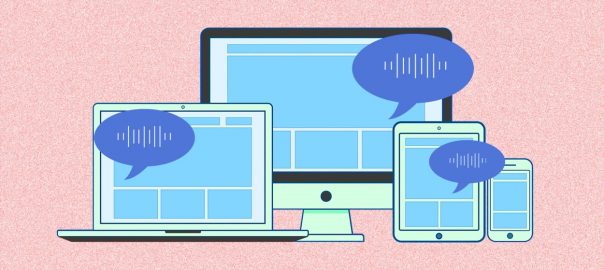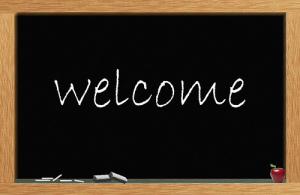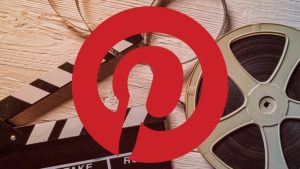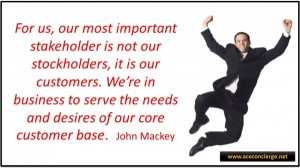By David Flink
Like many Americans, I like to consume news first thing in the morning. After my wife and I prepare breakfast, we open our phones and catch up on the day’s headlines. But while my wife has finished the article and is ready to discuss it, I’m still working on the third paragraph. My wife likes to read with her eyes, but as a person with dyslexia, I like to read with my ears, something that is not always offered as a form of accessibility for written content.
This is my reality—and the reality of those with learning disabilities like dyslexia and ADHD. We live in a society with seemingly limitless technology and options, yet 98% of the world’s top one million websites don’t have a fully accessible experience for those with learning disabilities or visual and hearing impairments.
When major news sites don’t offer simple text-to-speech options for their articles, they make it that much harder for people like me to use their products. They also make it that much easier for the one in five with learning disabilities to find alternatives by using competitors’ products.
And it’s not just private companies and major news outlets that are dropping the ball on accessibility. A study from the Information Technology and Innovation Foundation found that 30% of government websites didn’t meet standards for accessibility, including the Census.
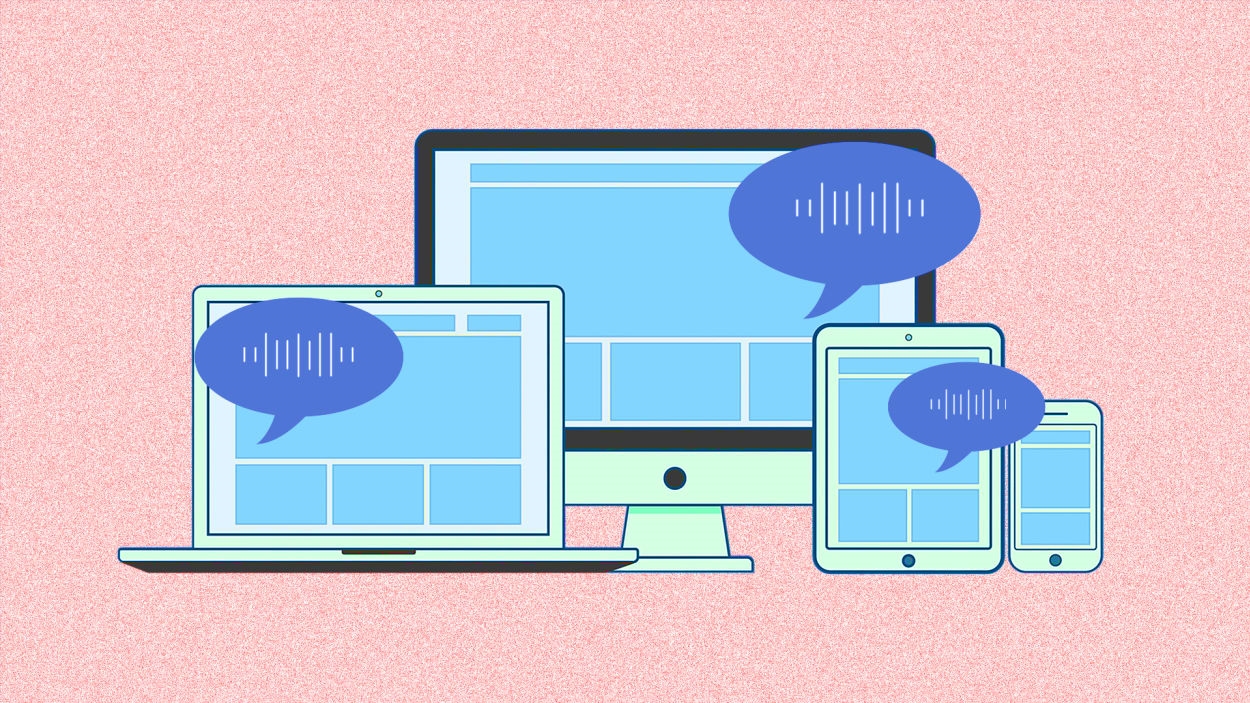
It’s bad enough to struggle to read a newspaper article, but when important government websites miss the mark, society risks isolating an entire portion of the population. If people have trouble reading the Census website, how are they supposed to accurately fill out their information when the time comes? And how can we expect people to be well-informed citizens if they don’t have equal access to the news?
As long as our businesses and government continue to ignore the needs of those who learn differently they are not only making lives more difficult for a significant portion of the population, they are also missing out on a key market.
The reason today’s websites so greatly miss the mark on accessibility is in part due to the chronic unemployment of people with disabilities. According to the Department of Labor, the unemployment rate of people with disabilities is more than twice that of their peers. It’s a simple equation: if the hiring process for website designers leaves out people with disabilities, it’s more likely those pages will be designed without taking into account a neurodiverse or differently abled person’s experience.
As the cofounder of a nonprofit, Eye to Eye, that centers the lived experiences of neurodiverse young people to improve our school systems, I’ve seen firsthand what can happen when we give them a chance to use their skills and voice. I have seen how they go on to take their experiences in the business world. Take former Eye to Eye volunteer Jesse Sanchez. As a neurodiverse young person, he led in schools to create positive change for education to be more accessible for himself and young people like him. He is now a working professional and as an employee of Culture Amp he continues to own his story with pride and has supported making the company stronger in its inclusion of folks who are neurodiverse.
Accessibility and inclusion doesn’t just make the lives of those with disabilities better—it can dramatically improve a business’s bottom line. Not only do one in five Americans have a learning disability, the Department of Labor says there are approximately 33 million people of working age in the United States with disabilities–and only 18.5 million are employed. According to a report from Accenture, the GDP could get a boost of up to $25 million if just 1 percent of that group joined the workforce.
Thankfully some businesses are taking positive steps to become more inclusive, such as IBM. But when so much of the internet is still inaccessible, it’s clear that decisive action needs to be taken much quicker.
Hiring these workers is a boon for the economy, and the creativity and accessibility they bring to a business can further expand the audience they reach. Just think of how many more people with dyslexia might return to publications if they opened their doors to them?
For businesses and organizations not yet equipped to accommodate designers who learn differently, resources exist to help. Contentsquare Foundation, for instance, offers free Digital Accessibility Basics training as well as a handbook to give tips, and explain what the first steps for people or companies want to start their digital accessibility journey.
Reading an article in the morning should not be such a chore for me and the one in five. It’s the year 2022. Let’s take the steps to bring digital accessibility to the Internet. We can no longer afford to wait.
David Flink is cofounder and CEO of Eye to Eye, a national nonprofit run by and for people with learning disabilities.
(15)
Report Post